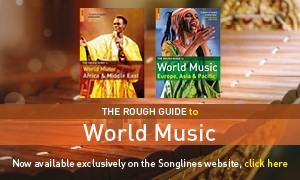Thursday, April 10, 2025
Essential 10 Iranian Albums
Founded in 2001, 127 are a cornerstone of Iran’s alternative scene. Erin Cobby asks the group’s drummer Yahya Alkhansa to map out the country’s underground music scene in ten albums

Blending Persian lyrics, which speak on themes ranging from isolation to hope, with Western instrumentation and genres, 127 have reached iconic underground status in Iran. Most impressively, this has been done remotely, with the group releasing two albums, Pop Emergency and Be Rahe Khod, while living in different countries after leaving Iran. In January, they reunited for a performance at Rich Mix in Shoreditch, their first show together in 17 years. This wasn’t just a big deal for them but their fans too, with people coming from all over the Iranian diaspora to experience the music that many had never heard before live. Yahya Alkhansa confides: “I wasn’t expecting the crowd to sing every single word to every single song. It was great – I hadn’t been that happy in a long time.” After the gig, Yahya shared some standout records that have shaped the alternative Iranian scene and inspired 127 along their musical path.
1 O-Hum
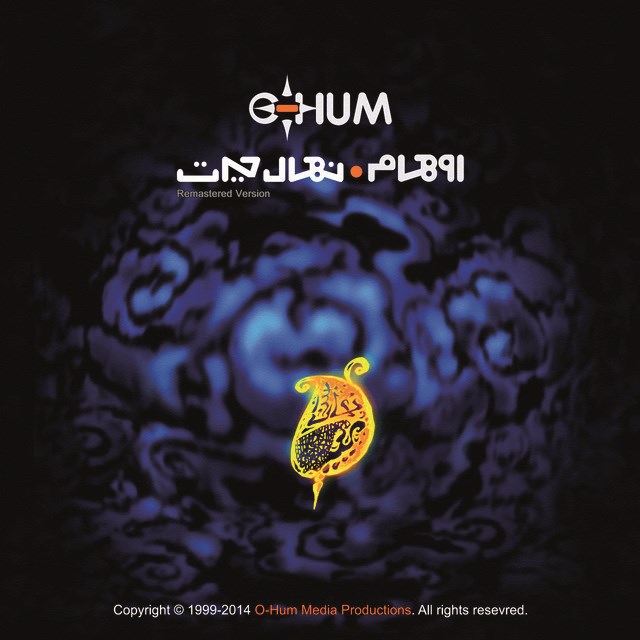
Nahal-e Heyrat
(O-Hum, 1999)
Rock, pop and jazz were banned in Iran after the 1979 revolution, and it took decades for music of this ilk to be sanctioned. “This album was the first to blend the work of classical 14th-century Persian poet Hafez with rock music, as previously classical poetry was only used in traditional music,” explains Yahya. “When it emerged, Persian rock was largely unknown to most people in Iran, and the production value was so high most people thought it had been made outside the country.” Released online after being rejected by the Iranian government for not adhering to ‘moral standards’, it gave legitimacy to rock music in Iran’s traditional music communities.
2 Siriya Ensemble

A Table for Two (Meez-e-Dotaei)
(Sheed Records, 2020)
In the past decade, music from the south of Iran has gained a considerable following, which Yahya puts down to its “groovy rhythms”. Heavily influenced by African music, bands known in the south include Damahi, Kamakan and Heydoo. However, Siriya Ensemble remain the most well-known across Iran. A massive success on release, Meez-e-Dotaei oscillates between relaxed, folky tracks and heavier songs led by frontman Mohammad Laryan. The Ensemble are currently touring with Yahya across the US, and as he explains: “I’ve seen first-hand how their performances continue to captivate audiences.”
3 Pallett

Mr. Violet
(Mahriz Recordings, 2014)
This bouncy and energetic record brought a new sound into Tehran’s music scene. A mixture of Persian classical and Eastern European melodies, it heavily features the sound of accordion (played by Sardar Sarmast of 127) and clarinet. “Frontman Omid Nemati is a great singer with a traditional music background,” says Yahya. “This record built on a history of blending these two genres and allowed the more traditional music listeners to have an access point to learn about modern styles, while also helping legitimise the latter.”
4 Ballgard
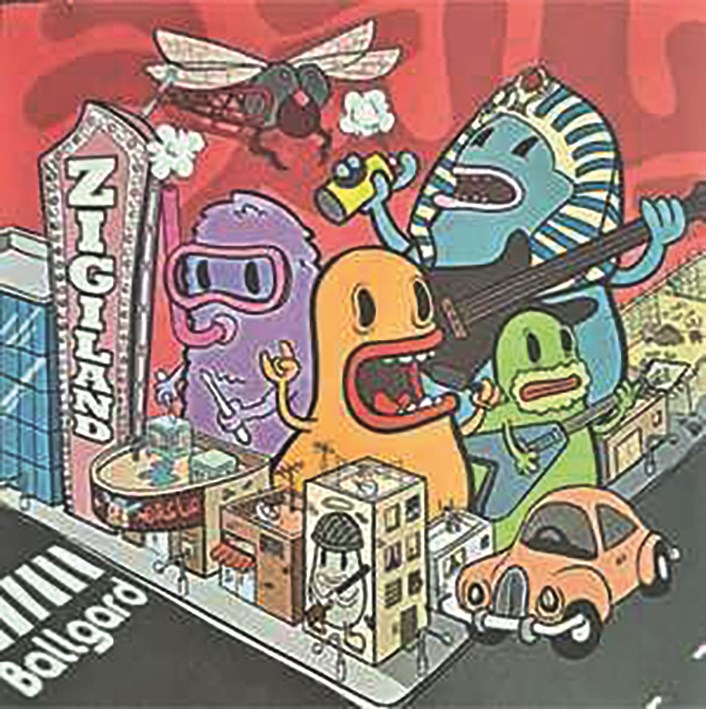
Zigiland
(ArtBeatGroup, 2008)
Ballgard’s debut album, Zigiland, was one of the first records in Iran to include slang in their lyrics. Before this, Iran’s traditional and pop music had always been heavily dominated by proper Persian poetry, so the style of singing and the lyrics, with themes ranging from love to personal frustration, on this collection really made it stand out. “I love the bold lyrics,” explains Yahya, “This, combined with the distinct Red Hot Chili Peppers influence, makes it one of my favourites.”
5 Ali Azimi
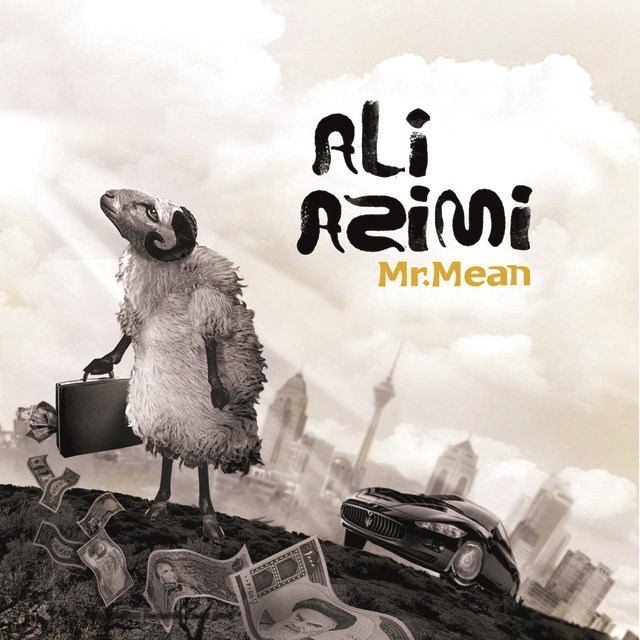
Mr. Mean
(Sakkou Productions, 2013)
Ali Azimi rose to fame through the sadly now-extinct Radio Tehran and was among the first generation of rock artists to gain recognition after the revolution. Many of his tracks directly speak to Iran’s socio-political context, including ‘Khooneye Bahar’, a song about flight 752 that the Iranian government shot down, and ‘Dige Vaghtesh Resideh’, which contains a direct message about the 2022 uprising. “Mr. Mean is his second record”, says Yahya. “It includes one of his most well-known songs and one of my favourites, ‘Prelude’, a sentimental love song which is heavily influenced by Esfahan, a minor mode very popular in traditional Persian music.”
6 Marjan Farsad

Blue Flowers
(Records DK, 2014)
Due to restrictions on female singing in Iran, the alternative scene has traditionally been dominated by men. However, over the last ten years, this has started to change. “Marjan Farsad’s 2014 record can be seen as a catalyst for this change,” explains Yahya, “as it was such a massive success, it influenced a lot of younger female singers, including artists such as Golsa and Banu.” A standout track is the lilting and melancholic song ‘Khooneye Ma’ (Our Home); as Yahya tells me, “It’s one of the most well-known and covered songs among all Iranians, especially among the diaspora.”
7 Abjeez
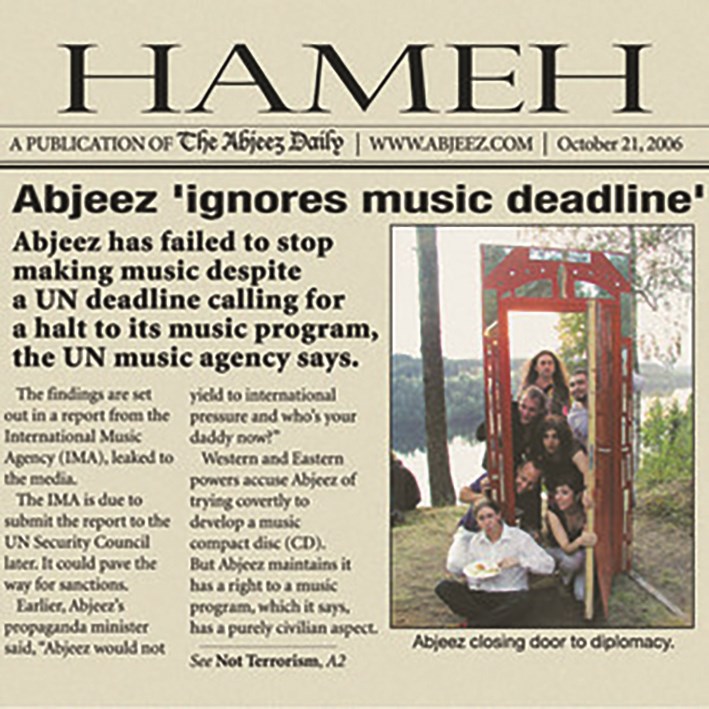
Hameh
(Abjeez, 2007)
When Abjeez released this debut album, reggae and ska music were not well known in the Iranian scene. Comprising two Iranian-born sisters, Safoura and Melody Safavi, who grew up in Sweden, the group unleashed an entirely new sound on their Iranian audience. With themes ranging from politics to love, the multilingual group sing in their native Persian, English, Spanish and Swedish. “The songs ‘Barap Barap’ and ‘Geryeye Mard (The Man’s Cry)’, in particular, were very popular,” says Yahya, “and continue to be years after their release.
8 B-band

Can’t Hear Your Voice (Nemishnavam Sedato)
(B-band, 2012)
B-band were an alternative rock group created by Behzad Khiavchi. Prior to this, Khiavchi was the frontman of Sarakhs, one of the first rock bands to gain notoriety in the 2000s, a period when the underground scene found a home through the Tehran Avenue website [active 2001–2011], which hosted a music competition, causing the genre to boom. “The record has a unique grungy sound, which I like,” says Yahya. “It’s got a lot of Persian-influenced melodies and self-reflective lyrics.”
9 Aida Shahghasemi

Wind Between the Horse’s Ears
(Aida Shahghasemi, 2015)
Aida comes from a traditional singing background, but her time spent touring with famous bands from the US, like Iron & Wine, has produced a unique and dreamlike style of music which blends Persian folk with blues and pop. “I love her soft and dreamy voice,” says Yahya. Having spent time studying the cultural aspects of Persian classical music, particularly the restrictions imposed on the voices of Iranian female vocalists, she has now developed a teaching course on arts activism.
10 Barad

Barad
(Hermes Records, 2003)
A classic record by another of the first rock/alternative bands after the revolution, the unique style of guitar playing by frontman Pouya Mahmoodi beautifully blends Iranian traditional modes like dashti with blues. “There’s also a heavy influence of southern Iranian music in this record, especially on songs like ‘Leyva’ and ‘Sheykh Shangar’, shares Yahya. “I actually performed with them alongside the other members of 127 and other groups, including Ohum and Sarakhs, at one of Barad’s only ever performances in Tehran.”
